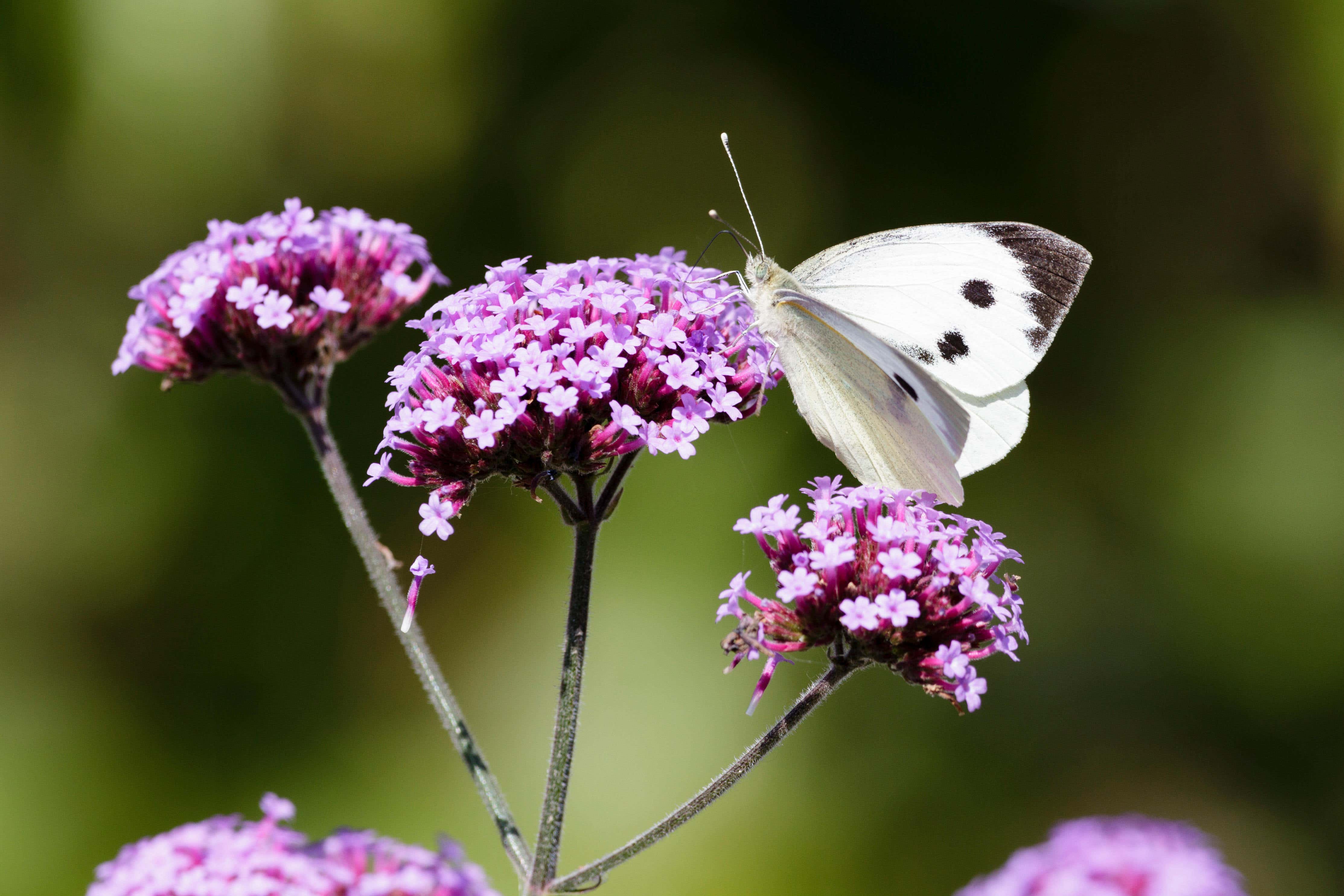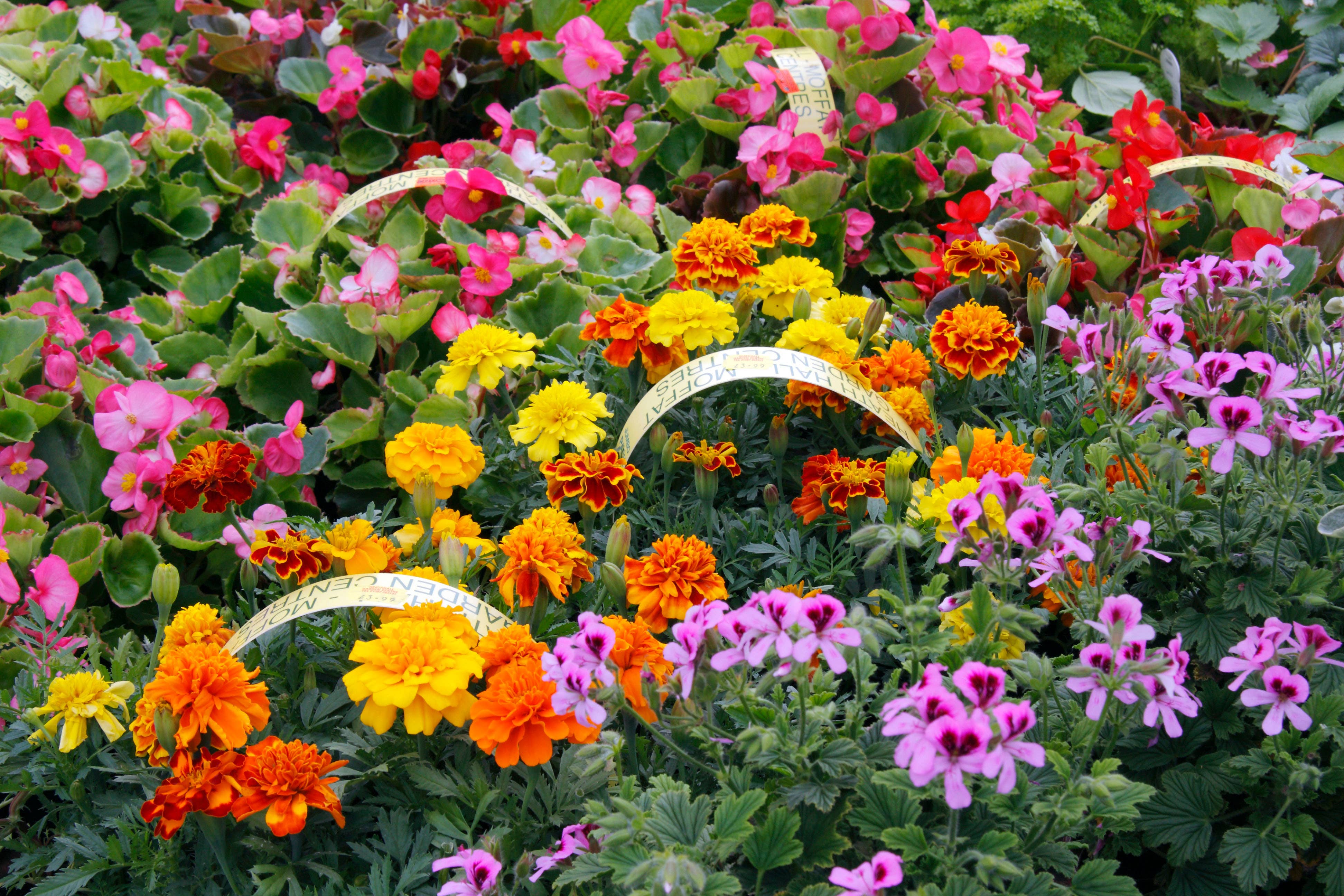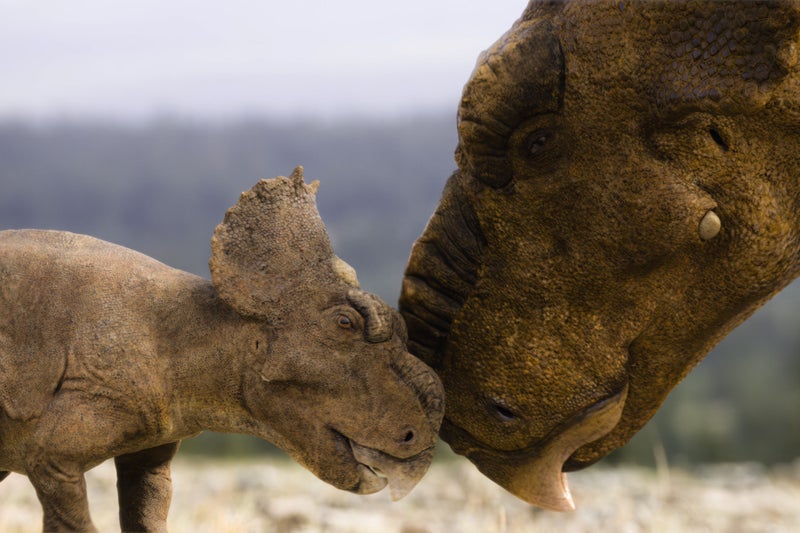High fertiliser use halves numbers of pollinators, world’s longest study finds
Share:
Even average use of nitrogen fertilisers cut flower numbers fivefold and halved pollinating insects. Using high levels of common fertilisers on grassland halves pollinator numbers and drastically reduces the number of flowers, research from the world’s longest-running ecological experiment has found.
![[A large hayfield with trees in the distance]](https://i.guim.co.uk/img/media/2ff278091638a25e07b4128397f3d7330c0c772c/0_0_5472_3648/master/5472.jpg?width=445&dpr=1&s=none&crop=none)
Increasing the amount of nitrogen, potassium and phosphorus doused on agricultural grassland reduced flower numbers fivefold and halved the number of pollinating insects, according to the paper by the University of Sussex and Rothamsted Research. Bees were most affected – there were over nine times more of them in chemical-free plots compared with those with the highest levels of fertiliser, according to the paper, published in the journal npj Biodiversity.
![[A tractor spreading fertiliser on a huge field with no hedgerows seen from above]](https://i.guim.co.uk/img/media/4a6e14eb09c5329ac3ec58bc4a7ce149e32839b7/0_0_4961_3307/master/4961.jpg?width=445&dpr=1&s=none&crop=none)
The lead researcher, Sussex University’s Dr Nicholas Balfour, said: “As you increase fertilisers, pollinator numbers decrease – that’s the direct link that to our knowledge has never been shown before. “It’s having a drastic effect on flowers and insects. The knock-on effect goes right up the food chain,” he said.
This is primarily because fertilisers create conditions that allow fast-growing grasses to dominate, crowding out other grasses and flowers. It is generally assumed that having a greater diversity of flowers leads to a greater diversity of pollinators, which often have specialist requirements in terms of the blooms they like to visit.






















